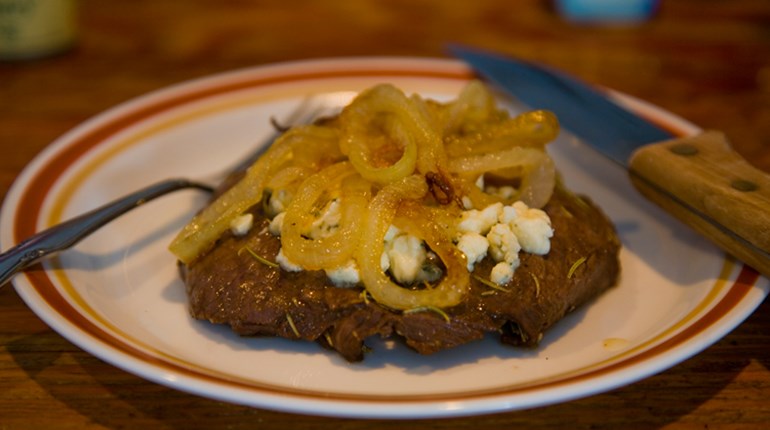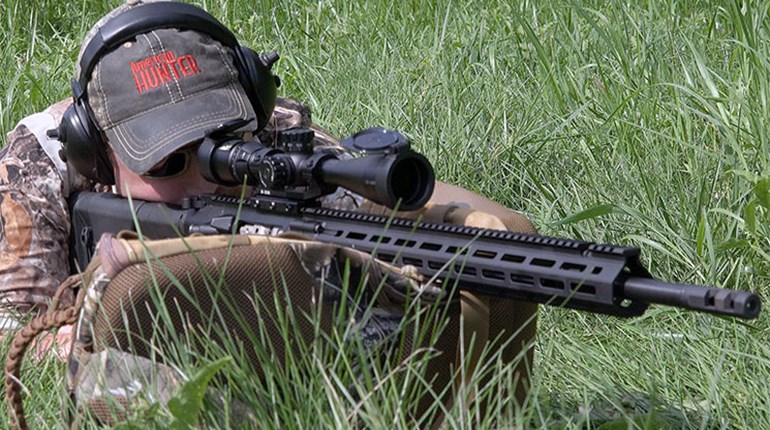
I've always said that wildlife photographers have to be a little bit crazy, and a video that surfaced on YouTube earlier this week is a perfect example as to why. An unnamed man with a camera was snapping pictures at the Great Smoky Mountains National Park in Tennessee when he had an encounter with a feisty young bull elk. A fellow picture-taker was able to capture most of the showdown on video (embedded below). After watching it a handful of times, I can at the very least say that the elk in question was in no way camera shy.
For the better part of seven minutes, the elk quite literally butts heads with the cameraman, and at times stops to stomp his hooves, too. It's honestly not that violent of an encounter—the elk never seems to go on an all out offensive—but a scary one for the photographer, nonetheless. Fortunately, the man's frame was just small enough for the small bull's antlers to go around, allowing him to avoid any form of impalement.
As to what the elk was doing, it's hard to say. Given its relative youth, the young bull may have just been trying to get a handle on exactly what the small, bipedal creature observing him was. That said, elk—even young elk—aren't small animals, by any means. When a creature that's significantly outweighs you decides to start poking around, it's easy to misconstrue its actions as an attack. Fortunately, the photographer was able to ride out the bull's light headbutts and eventually escape to a vehicle.
As ever, it's hard for me not to question whether or not we're getting the full story, here. The video opens with a title card that claims that the photographer had been taking pictures from a safe and respectful distance—but there's no way for us to confirm that.
Further, I'm a bit perplexed as to what the people around the photographer were doing while this was going on. Why wasn't anyone trying to render any form of aid? One's just leaning out the window of the SUV in the background, and the other is shooting the footage we're seeing. The video's original poster claims that they were taking a few pictures of their own when they realized the young bull was approaching another photographer. They go on to say that, after switching the camera into video mode, they spent "much of the time wondering when I should seriously consider intervening."
Given that the video goes on for seven minutes (and that's the edited version), I think it's safe to say that they decided pretty early that intervention wasn't happening.
But, hey, that's just me being somewhat skeptical. Things could have played out exactly as described, too.
Anyway, you can get a closer look at the entire incident (which spans about seven minutes) in the video embedded below.
What would you have done?





































